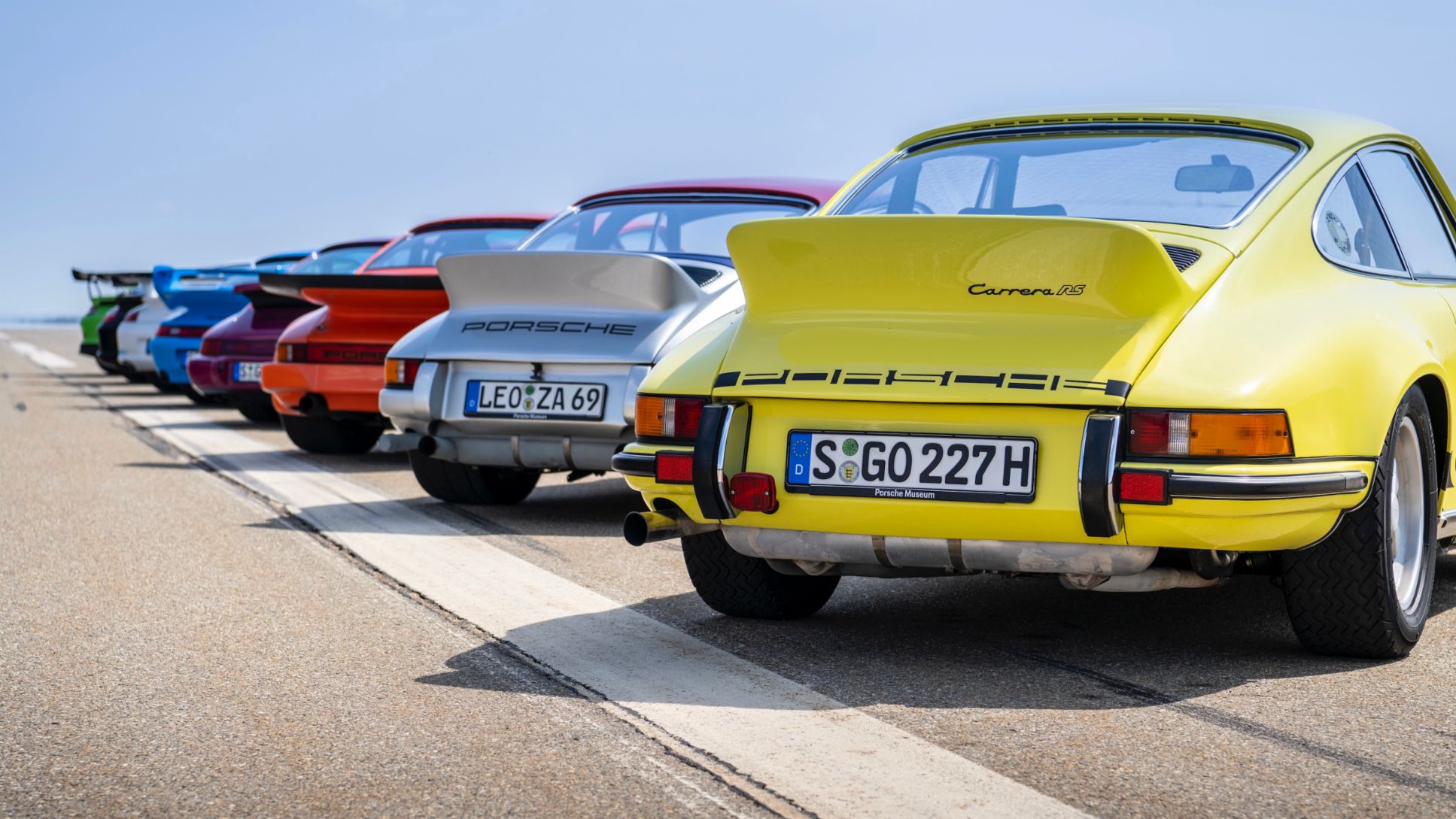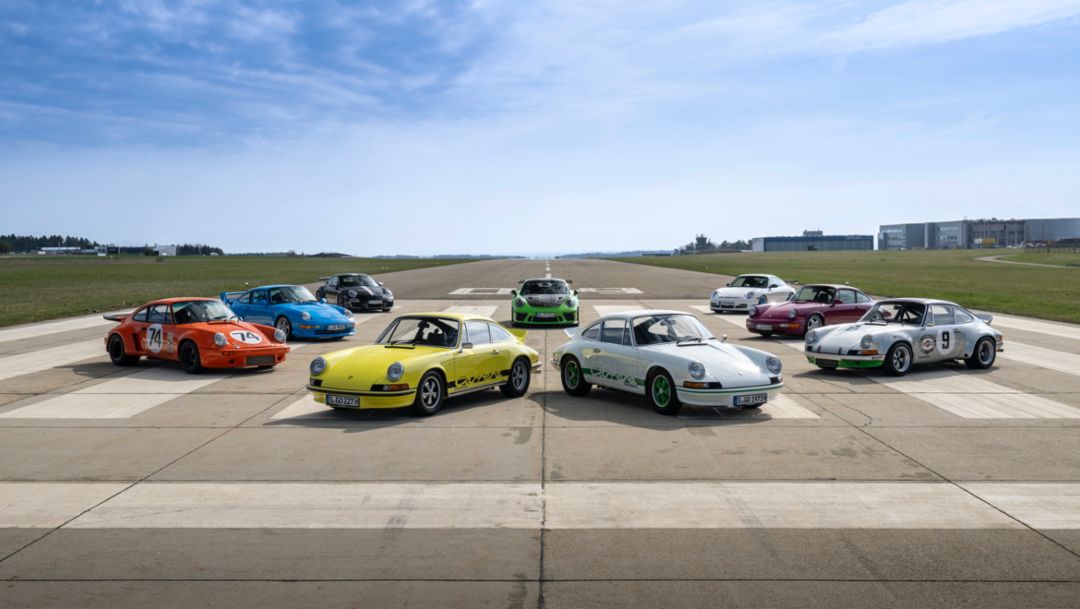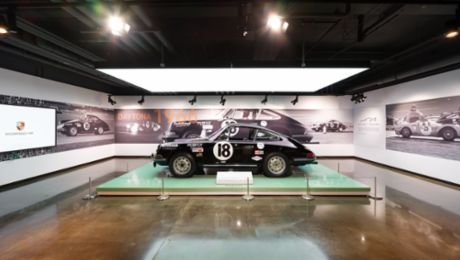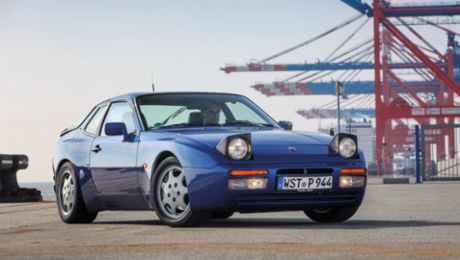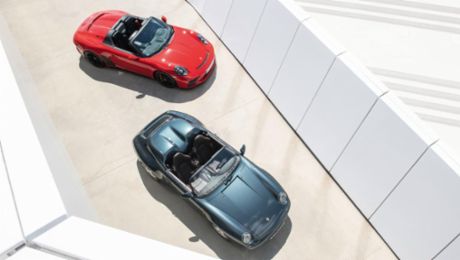The designers were stunned when they first laid eyes on the new 911, its unique, simple form altered by something wedge-shaped on the tailgate. Even the sales experts tasked with selling 500 units of this 911 Carrera RS 2.7 worldwide had something to say about it: “There’s no way we’ll sell more than a hundred of these.” And it was this hodgepodge of opinion that gave rise to the befitting nickname for the innovative rear spoiler: the ducktail, which is the common term for the elongated back of the waddling waterfowl.
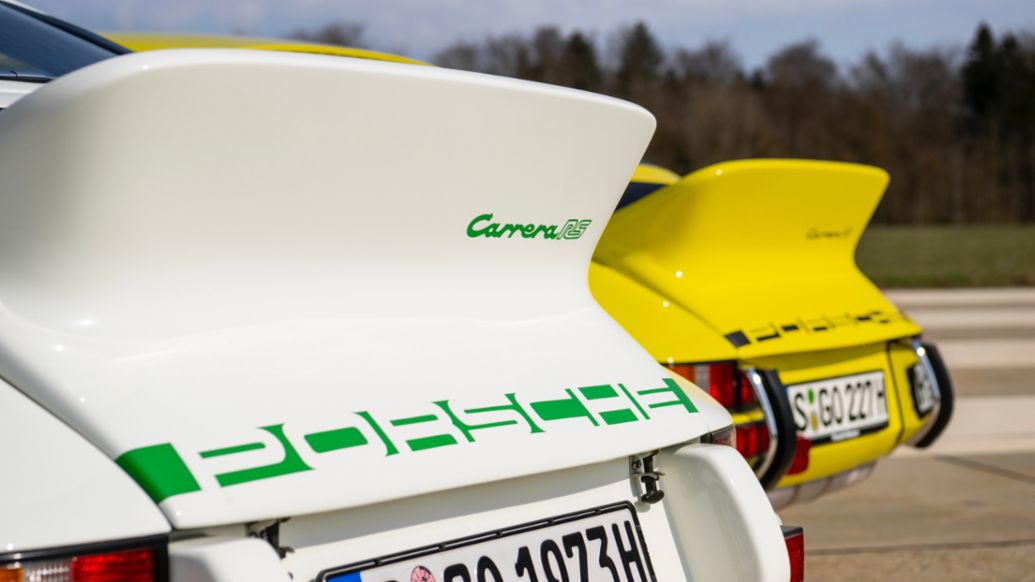
“Yeah, it wasn’t exactly meant to be a compliment,” says Tilman Brodbeck, laughing. The aerospace engineer joined Porsche in October 1970 at the age of 26 and worked with Hermann Burst to develop the now-legendary vehicle part. “Back then, the 911 and many other cars were essentially shaped like a wing: flat underneath, curved on top, and tapering to a point at the back,” explains Brodbeck. “A shape like this creates lift.” A physical force the 911 didn’t need in the slightest, as its cornering speeds were already much lower than promised by the engine and chassis. The developers soon realized that too much lift reduces performance – an argument that would win over the design and sales experts.
Many benefits of the ducktail
The wind tunnel revealed just how enormous the lift coefficient actually was at the rear: 0.29 CL. The solution: a Gurney flap. Made from welding wire and thin sheet metal, a roughly designed spoiler on the engine flap reduced the factor by a full two-thirds to 0.08 CL after just two days of testing in the wind tunnel. This also improved the drag coefficient value, which measures aerodynamic performance, and increased the top speed by 4.5 kmh (2.8 mph) to 240 kmh (149 mph), a breathtaking speed at that time. What doesn’t sound like much is paramount for a 911 RS, as every hundredth of a second can count in motorsport. The many benefits were enough to silence the few remaining critics.
“The 500 vehicles required to homologate the 911 Carrera RS 2.7 in Group 4 ultimately sold in less time than it took our sales representatives to count to 500,” recalls Brodbeck, who is now 79 years old. That’s because Porsche fans immediately went wild for the fast lap times as well as the rear spoiler, which was an absolute novelty in the world of series production cars. And thus the ducktail was born, recorded in patent application number 2238704, which was submitted to the German Patent and Trade Mark Office on August 5, 1972.
Info
Text first published in the Porsche magazine Christophorus, No. 404.
Author: Thorsten Elbrigmann
Copyright: All images, videos and audio files published in this article are subject to copyright. Reproduction in whole or in part is not permitted without the written consent of Dr. Ing. h.c. F. Porsche AG is not permitted. Please contact newsroom@porsche.com for further information.
